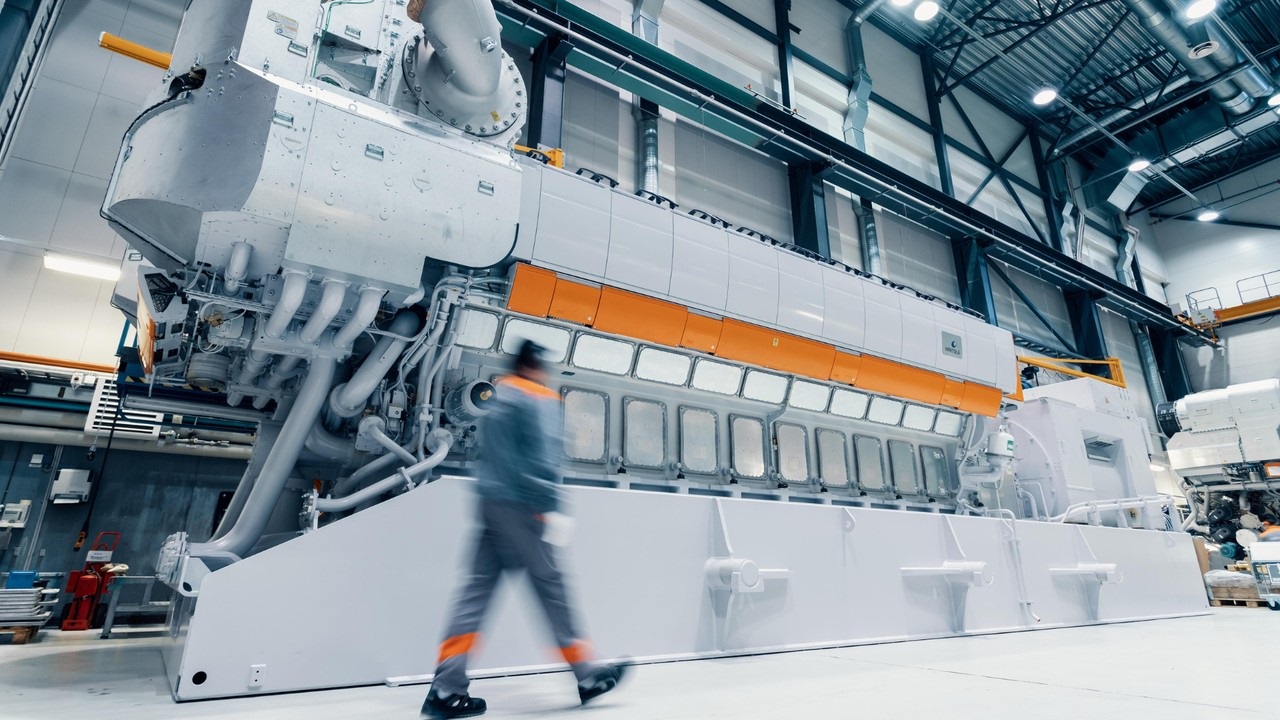

About Marine

Wärtsilä Energy is at the forefront of the transition towards a 100% renewable energy future. We help our customers and the power sector to accelerate their decarbonisation journeys through our market-leading technologies and power system expertise. Our solutions include flexible engine power plants, energy storage and optimisation technology, and services for the whole lifecycle of our installations. Our engines are future-proof and can run on sustainable fuels.
Our track record comprises 79 GW of power plant capacity, of which 18 GW are under service agreements, and over 125 energy storage systems, in 180 countries around the world.

The Philippines is at a pivotal crossroads in its pursuit of cleaner, more reliable, and more affordable energy. With the government’s commitment to increase the share of renewable energy (RE) in the national energy mix, the question remains: How can the Philippines secure a stable transition to net zero while managing the intermittency of solar and wind power?
Hear insights directly from Frederic Carron, our Vice President for the Middle East and Asia, as he discusses the Philippine renewable energy transition with Ron Cruz and Salve Duplito from ABS-CBN News Channel. Learn why relying solely on renewables plus battery storage isn’t enough, and how balancing power plants could save billions of dollars annually while significantly reducing emissions.
Below is a curated Q&A based on insights from the interview, outlining why balancing power plants are essential to the country’s clean energy ambitions.

Renewable energy will become the world’s largest electricity source by 2025, and it is vital that flexible technologies are deployed at scale and pace to support that transition, avoiding widespread curtailment, increased prices, greater fluctuations, and higher emissions.
Listen to Frederic Carron, our Vice President for the Middle East and Asia, as he discusses the urgent need for the Philippines to take immediate action in increasing flexible capacity, such as grid-balancing engines and energy storage in this ABS-CBN Business Roadshow interview.
The Philippines is aiming high with its National Renewable Energy Program for 2020-2040, but what factors are crucial for achieving these ambitious targets? Flexibility in power generation plays a pivotal role.
In this episode of BusinessWorld B-Side, we explore the importance of having flexible power generation alongside renewable energy sources to ensure a smooth energy transition. Join Kari Punnonen, our Energy Business Director, as he discusses the dynamics of renewable energy in the Philippines and globally.
For more information or to explore tailored solutions for your organization, get in touch with the Wärtsilä Philippines team:
Romeo Cubangbang
Business Development Manager
romeo.cubangbang@wartsila.com
Noel Mercado
Senior Sales Manager
noel.mercado@wartsila.com
Mobile: +63 920 974 7313